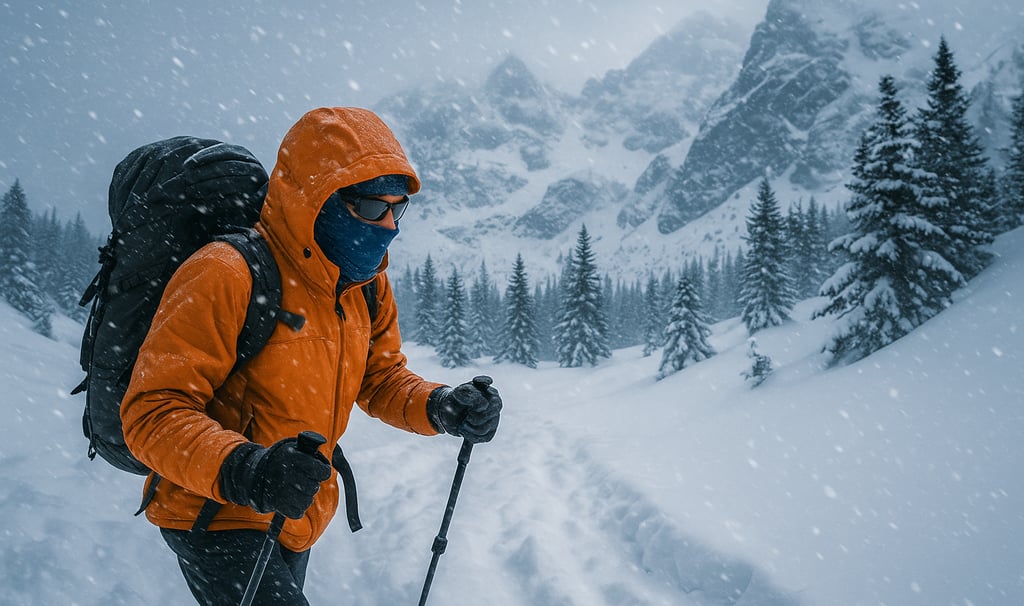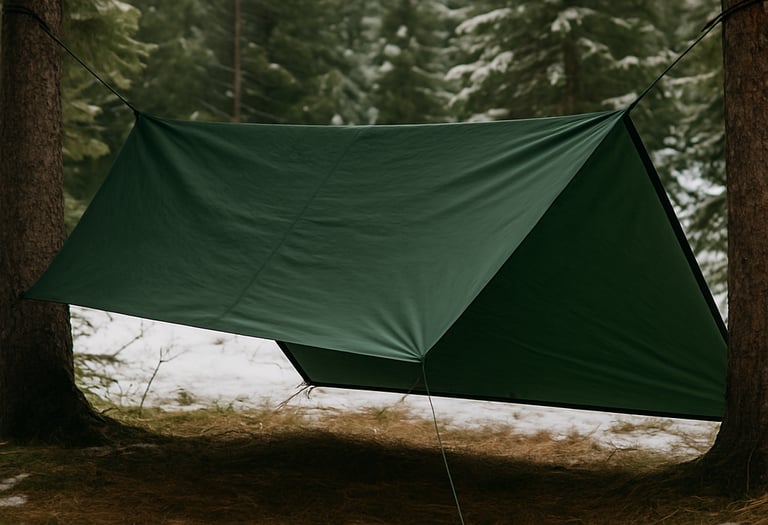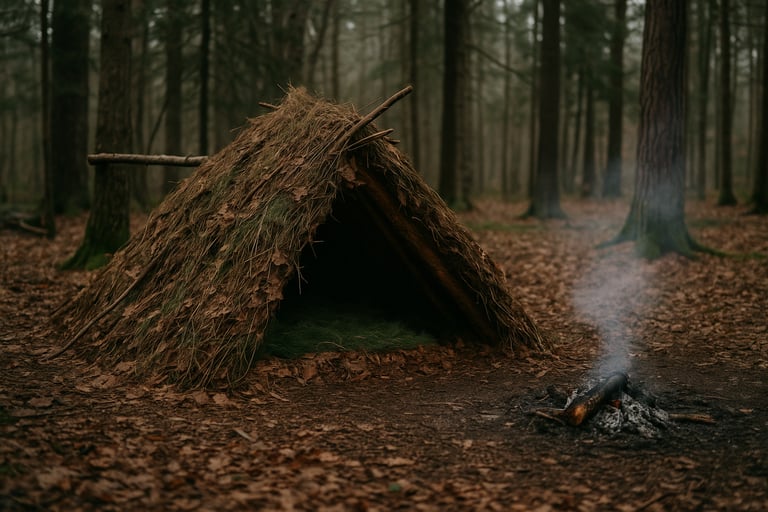Emergency Shelters for Rain and Wind: How to Stay Dry and Protected in the Wild
Need fast protection from rain and wind in the wilderness? Discover effective emergency shelter options and survival strategies to keep you dry, warm, and safe during sudden storms and harsh weather.


Emergency Shelters for Rain and Wind: How to Stay Dry and Protected in the Wild
Why Emergency Shelters Matter in Harsh Weather
In survival situations, exposure is one of the biggest threats, especially when rain and wind hit unexpectedly. Even in mild temperatures, getting soaked and chilled can quickly lead to hypothermia, especially if you're tired, hungry, or wet from river crossings. That’s why having a plan for quick and effective shelter is crucial.
Whether you're backpacking, camping off-grid, or caught in a surprise storm while hiking, knowing how to build or set up an emergency shelter could make all the difference in your comfort and survival.
Understanding the early warning signs of frostbite and hypothermia can also help you act before minor exposure turns into a major emergency.
The Best Shelter Materials for Rain and Wind
When you're trying to stay dry in the wild, the materials you have on hand will either work for you or against you. Lightweight tarps, survival blankets (Mylar), ponchos, and even plastic sheeting can serve as barriers between you and the elements (See how to Make a Tarp Shelter in the Wilderness). A good survival tarp with reinforced grommets allows you to anchor it tightly in high winds, while a poncho can double as a makeshift roof when suspended with paracord.
If you're relying on natural materials, make sure they’re dense and angled to shed water — evergreen boughs, bark, and tightly packed branches are decent for temporary coverage, but they’re no match for heavy rain unless combined with a tarp or plastic layer.
How to Choose the Right Shelter Location
Even the best shelter won’t help much if you set it up in the wrong place. Avoid low-lying ground that can quickly flood when rain accumulates. Likewise, don’t set up under dead limbs or leaning trees that could fall in strong wind.
Look for natural windbreaks like rock walls, dense trees, or hill contours. Orient the shelter so that the opening faces away from the wind direction. If possible, use the natural landscape to your advantage — nestling your shelter into a slight rise or behind a boulder can provide added protection.
If you need to stay put for more than a night, knowing how to signal for help in the wilderness could mean getting rescued faster.
Building a Fast, Reliable Shelter with What You Have
The most reliable emergency shelters for rain and wind are quick to set up and require minimal gear. A basic lean-to using a tarp or poncho is one of the most popular setups. For stronger storms, consider an A-frame design — it provides more stability and better runoff during rain. Just make sure you anchor it well with stakes, rocks, or tied-off branches.
If you don’t have a tarp, using branches and debris to create a debris shelter can work in a pinch, but it takes more time and isn't as waterproof. In this case, layering evergreen boughs and bark tightly on top is your best bet to block wind and rain.
Staying Warm and Dry Inside the Shelter
Once you're inside your emergency shelter, staying warm is just as important as staying dry. Use a ground barrier such as a foam pad, extra clothing, or even dry leaves, to insulate yourself from the cold, wet ground. Sit or lie on top of your pack if necessary. If you're using a Mylar blanket, it helps trap body heat. But be careful, as it can also trap condensation.
Keep wet clothing off your body and dry out any damp gear if possible. Huddling in a tight, well built shelter will conserve body heat and reduce wind chill.
Practice Before You Need It
The most effective shelters aren’t just about the materials, they’re about confidence and experience. Practicing shelter setups in your backyard or on dry trail days will make a world of difference when you’re under pressure. Learn how to tie efficient knots, create strong ridgelines, and work fast before the weather takes a turn. Even one successful practice run can make you much faster, and calmer, when it's raining sideways and time is short.
Final Thoughts on Emergency Rain & Wind Shelters
Rain and wind are some of the most challenging conditions to face in the wild, but with a solid understanding of emergency shelters, you can keep yourself safe and dry. Whether you're using a tarp, poncho, or natural materials, it's all about choosing the right spot, building with purpose, and staying one step ahead of the weather.
With a little preparation and know-how, you’ll be ready to ride out the storm.




© 2025. All rights reserved About | Privacy Policy | Terms and Conditions | Affiliate Disclosure | Disclaimer


